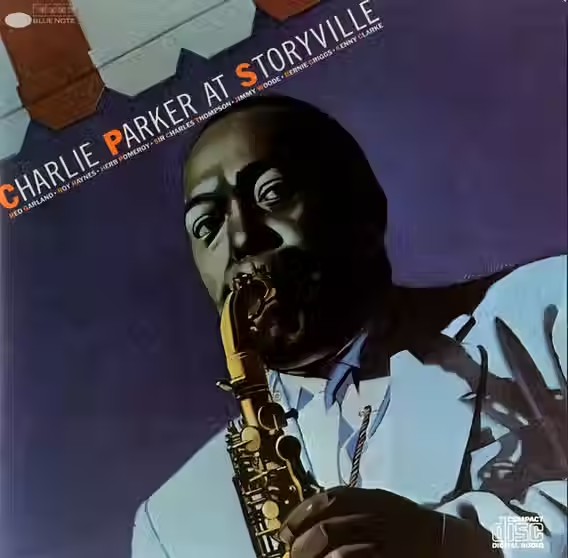Excerpt from piece about the Beatles' "Mr. Moonlight"
- Colin Fleming

- May 3, 2023
- 3 min read
Wednesday 5/3/23
This piece will go into Just Like Them: A Piece by Piece Guide to Becoming the Ultimate Thinking Person's Beatles' Fan.
***
“Mr. Moonlight” featured as the B-side on the Okeh label to the self-billing 1962 single, “Doctor Feel-Good.” The bopping doctor and his crew of understudies had themselves a minor hit, so we’re talking about the flip side of an American number that would scarcely have made a scratch in England. One would need to have been “in the know,” and effort likely was required to track it down. The owner of such a disc—allowing that Lennon had formal possession—would have cared about it. And for good reason.
The Interns’ effort is from the same year the Beatles released their first single, but “Mr. Moonlight” really belongs to an earlier period—call it the first few years of the 1950s. Moonlight itself is anthropomorphized, given life as a Cupid-like creature—with lunar leanings intact—that bestows love.
The song is possessed of a certain stagecraft that marked some numbers of that period when there were strains of rhythm and blues but nothing—or little—that anyone overtly thought of as such. The good doctor’s “Mr. Moonlight” has a real Threepenny Opera/”Mr.Sandman”/urban fairytale vibe—this is moonlight glimpsed on a fire escape rather than at the house in the country—which harkens the composition to the pre-rock and roll period, a possible explanation for why many Beatles listeners have never warmed to the song.
Lennon doted on it. He sang the song at the Star Club in December 1962, so this wasn’t some last minute, thoughtless addition nearly two years later to Beatles for Sale. He was keen to have a go.
At the Star Club, his vocal shreds. There aren’t many ballads—the Animals’ “House of the Rising Sun” is one, Janis Joplin’s take on “Ball and Chain” another—where the singer gets to sing at his or her maximum volume, no inhibitions.
That Star Club rendition has a touch of the feral. The Beatles excelled at doing tender and tough at once, and Lennon’s “Mr. Moonlight” is akin to Paul McCartney’s “A Taste of Honey” but with teeth. Said teeth comes down to the attacking style of the vocal.
The December 1962 offering is in what we might think of as that savage young Beatles mode; the unaccompanied opening line doubles as wail, which itself doubles as plea, which further doubles as the kind of wish Jiminy Cricket advised Pinocchio to make, as Lennon had witnessed and his “Do You Want to Know a Secret” attests.
The power of the singing—which requires commitment by design of the song—implies that this person behind it has reason to believe this wish may be granted if they ask hard enough. Even the announcement that the song was next to be played had power in Hamburg: the audience knew that from out of the silence would emerge this blast of a John Lennon vocal, naked and reverberating in the air.
The Beatles’ first studio attempt at the song came in mid-August 1964, on a very John Lennon-heavy session, with “I’m a Loser” and a cover of Little Willie John’s “Leave My Kitten Alone” on the docket. Beatles people are apt to bemoan the inclusion of “Mr. Moonlight” on Beatles for Sale over the torrid Little Willie John number, and it is a baffler how the Beatles left that cover in the can.
Then again: there’s an autumnal mood to Beatles for Sale. Sometimes that’s a dappled, burnt-sun autumnal mood, as with “Eight Days a Week,” but the record is tantamount to the Beatles’ musical statement of the fall with copper and deepening hues, a prevalence of late afternoon shadows—which keep coming earlier—across both the English countryside and in the great city of London.
In that regard, “Mr. Moonlight” fits. Suitably, the band returned to it in autumn itself, on October 18, during a break in their UK tour, with Paul McCartney now playing the song’s arresting Hammond organ part. Again, it’s that notion of the theatrical: a rhythm and blues song for the cabaret, which suited McCartney’s affinities just as the song was apropos for Lennon’s vocal stylings in the second half of the Beatles’ apex year. On all such years a sun must set. “Mr. Moonlight” was a song that lent a hand—or a beam—to the lowering.



Comments